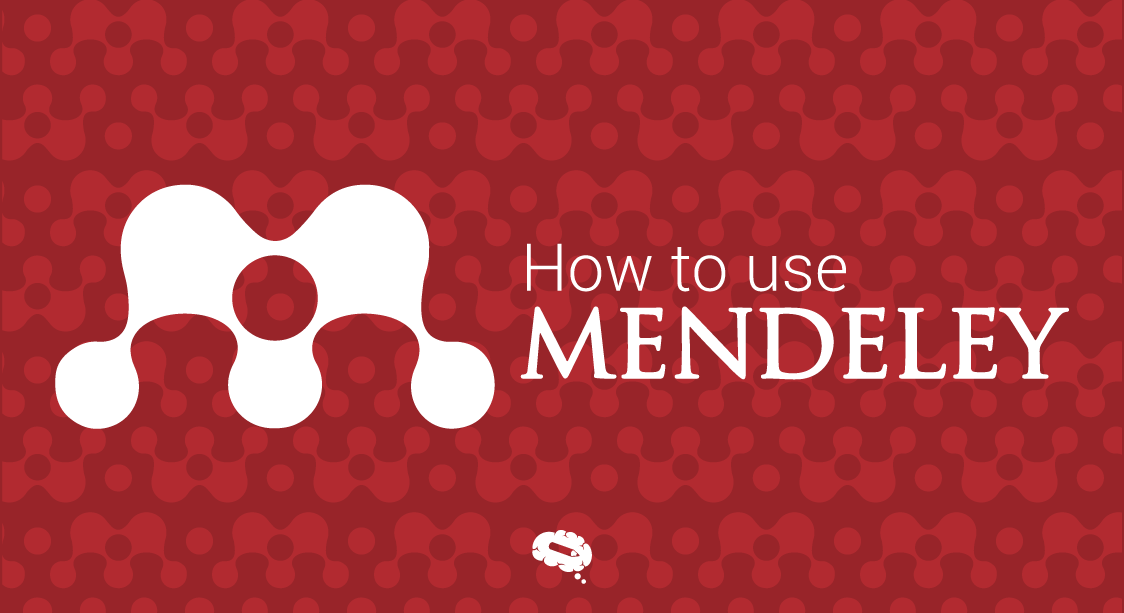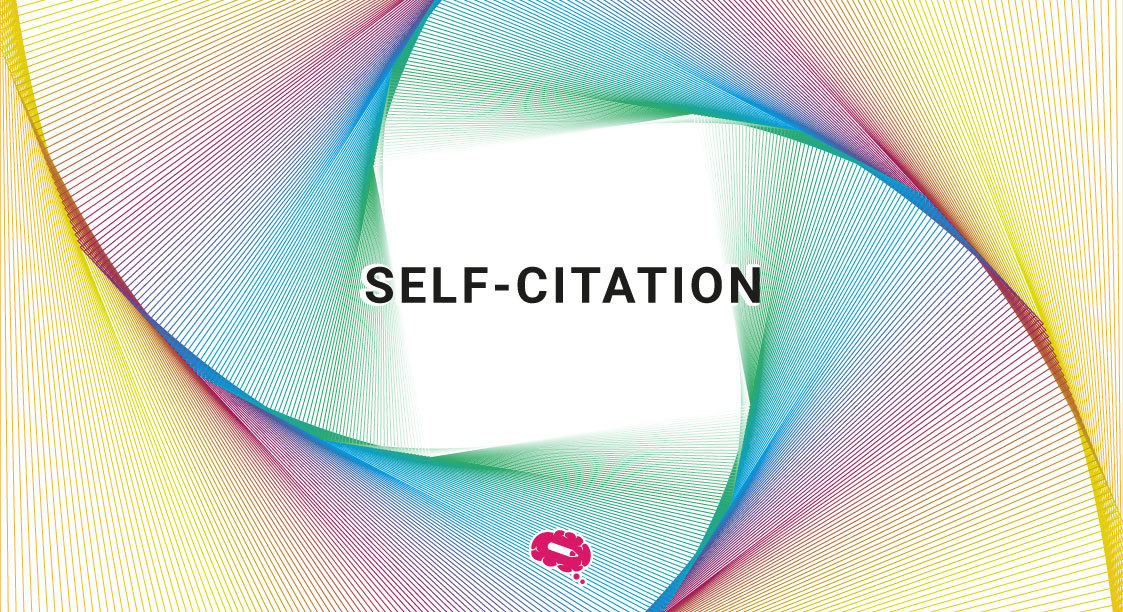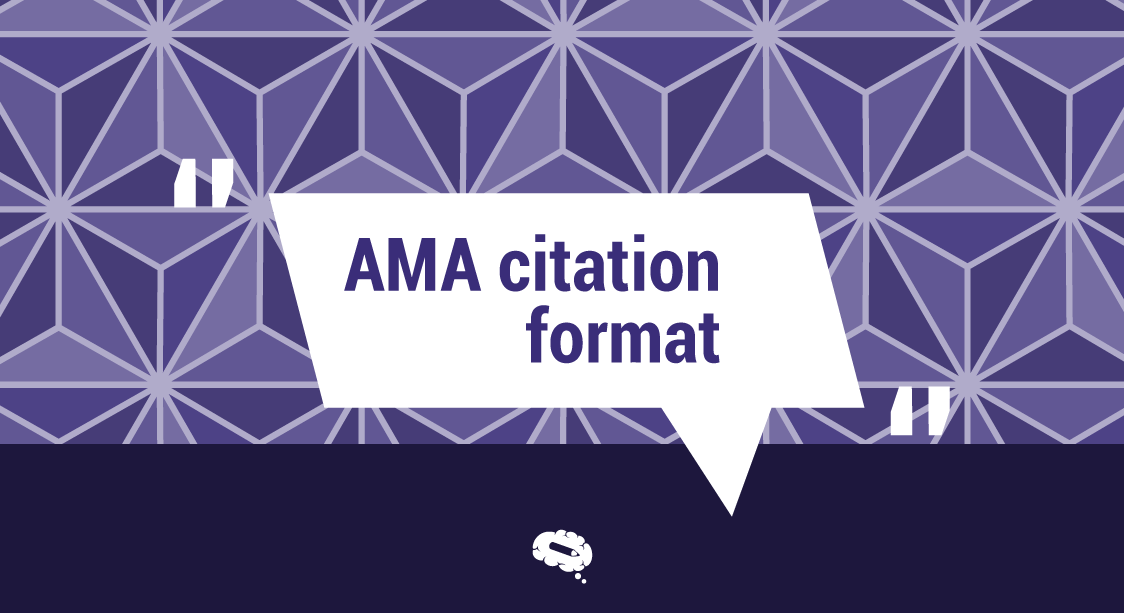Academic writing is a mandatory aspect of every research-based field, and accurate citation is critical to guaranteeing the integrity and legitimacy of academic work. Citing sources correctly not only acknowledges the efforts of other researchers but also allows readers to check the validity of the material offered.
The citation format of the Institute of Electrical and Electronics Engineers (IEEE) is a widely acknowledged standard in engineering, computer science, and related areas.
This article will go into detail about the IEEE citation format, its components, and guidelines to assist you to grasp this format and improve the quality of your academic work.
What is the IEEE citation format?
The IEEE citation format is a referring style created by the Institute of Electrical and Electronics Engineers (IEEE) that is extensively used in engineering, computer science, and related areas. The IEEE citation format is generally used in technical reports, conference papers, journal articles, and other scientific publications to cite sources.
It employs a numerical citation system in which sources are numbered in the order they are referenced in the text, and each citation correlates to a numbered reference list at the conclusion of the document.
In-text citations in square brackets refer to the complete citation contained in the reference list at the end of the paper. The reference list is arranged numerically rather than alphabetically and contains specific information about the source, such as the author’s name, title, publication date, and page numbers.
IEEE formatting basics
Before we delve into the more specifics requirements for IEEE Citation Format, is important to know that there are also general requirements, such as:
- An IEEE paper’s title page should include the paper’s title, author names and affiliations, and the date. The title should be centered and in 14-point bold type, with the author names and affiliations placed below in 12-point font;
- Headings should be used to arrange the paper’s content, and the heading hierarchy should be clear and consistent. The primary headings should be centered and 14 points bold, while subheadings should be 12 points bold;
- All sides of the paper should have 1-inch margins;
- Page numbers, including the title page, should be in the top right corner of each page;
- The font size should be 10-12 points, with the text double-spaced.

In-text Citation
In-text citations in IEEE citation format are denoted by a number enclosed in square brackets, which corresponds to the numbered reference list at the conclusion of the document.
“The internet is changing the way we discuss and access information [1, p. 12]”, for example. The number within the brackets in this example suggests that the information in the sentence comes from reference number 1 in the reference list.
See below some best practices for in-text citation:
- If you utilize information taken from a single source in your paper more than once, use the same number every time.
- Put the citation right after the original material, before any punctuation, such as commas or periods.
- When mentioning numerous sources in one reference, separate the numbers with commas, as in [2, 7, 10]. “Recent research has demonstrated the benefits of mindfulness meditation in lowering stress and promoting general well-being [6, 7, 8].”, for example.
- Provide the citation number at the conclusion of the sentence or paragraph when paraphrasing or summarizing material from a source.
- When directly quoting from a source, add the citation number as well as the page number(s) on which the statement occurs, for example, [3, p. 25].
IEEE References
The IEEE citation format demands the inclusion of a references list at the conclusion of the paper, which should include all sources referenced in the text. Following are some guidelines for formatting an IEEE citation format reference list:
- Order – The references are shown in the order in which they were first mentioned in the text;
- Author(s) – The author’s name is written in the format of first initial, and last name. Adel Al Muhairy, for example, would be referred to as A. Al Muhairy;
- Article title – The title of an article is listed in quotation marks, while the title of a journal or book is listed in italics;
- Publication information – Provide the volume, issue, and page numbers for journal articles. Include the editor’s name, place of publishing, publisher, and year of publication for books;
- Page numbers – Use “pp.” before the page numbers, and separate them with a hyphen.
Book
One author:
| Format: [Reference Number] Author(s), Book Title, Edition, Place of Publication, Publisher, Year. |
| Example: [1] A. V. Oppenheim and R. W. Schafer, Discrete-Time Signal Processing, 3rd ed. Upper Saddle River, NJ: Prentice Hall, 2010. |
Two to six authors:
| Format: [Reference Number] Author 1’s Initials. Last Name and Author 2’s Initials. Last Name, Book Title, Edition, Place of Publication, Publisher, Year. |
| Example: [1] A. H. Smith and J. K. Johnson, Digital Signal Processing, 4th ed. New York, NY: McGraw-Hill, 2019. |
More than six authors:
| Format: [Reference Number] Author 1’s Initials. Last Name, Author 2’s Initials. Last Name, Author 3’s Initials. Last Name, et al., Book Title, Edition, Place of Publication, Publisher, Year. |
| Example: [1] A. B. Johnson, L. R. Smith, S. M. Patel, T. J. Wilson, K. T. Nguyen, J. L. Jones, et al., Digital Communications, 5th ed. New York, NY: McGraw-Hill, 2022. |
Book chapter:
| Format: [Reference Number] Author(s), “Title of Chapter,” in Book Title, ed. Editor(s) Name(s), Ed(s)., Place of Publication: Publisher, Year of Publication, pp. page numbers. |
| Example: [1] R. N. Bracewell, “The Fourier Transform and Its Applications,” in The Mathematics of Signal Processing, T. P. Barnwell III and M. J. McClellan, Eds., New York: IEEE Press, 2014, pp. 35-67. |
eBook
| Format: [Reference Number] Author(s), Book Title, ed. number (if applicable), Place of Publication: Publisher, Year of Publication. [Online]. Available: URL or DOI. |
| Example: [1] G. J. Myers, The Art of Software Testing, 3rd ed. New York: John Wiley & Sons, Inc., 2012. [Online]. Available: https://doi.org/10.1002/9781118411554 |
Journal article
One author:
| Format: [Reference Number] Author(s), “Title of Article,” Abbreviated Journal Title, vol. number, no. issue, pp. page numbers, Month and year. |
| Example: [1] R. L. Aggarwal and V. N. Tiwari, “Energy efficient routing protocol for wireless sensor networks,” Int. J. Comput. Sci. Eng., vol. 4, no. 1, pp. 97-104, Jan. 2012. |
e-Journal Article
| Format: [Reference Number] A. Author(s), “Title of Article,” Title of Journal, vol. volume number, no. issue number, pp. page numbers, Month Year. Available: DOI or URL |
| Example: [1] J. Smith and M. Johnson, “The use of artificial intelligence in healthcare,” Journal of Medical Internet Research, vol. 22, no. 3, p. e16260, Mar. 2020. Available: https://doi.org/10.2196/16260. |
Conference paper
| Format: [Reference Number] A. Author(s), “Title of Paper,” in Name of the Conference, Place of Conference, Year, pp. page numbers. DOI or URL |
| Example: [1] J. Doe and A. Smith, “A new approach to image recognition using deep learning,” in Proceedings of the 2019 International Conference on Machine Learning, New York, NY, USA, 2019, pp. 112-119. doi: 10.1109/ICML.2019.00016. |
Reports
| Format: [Reference Number] A. Author(s), “Title of Report,” Abbrev. Name of Company, City of Company, State of Company (if applicable), Report Number, Month Year. DOI or URL (if applicable) |
| Example: [1] J. Smith, “A study of renewable energy technologies,” Oak Ridge National Laboratory, Oak Ridge, TN, USA, ORNL/TM-2019/123, Jul. 2019. |
Patents
| Format: [Reference Number] A. Inventor(s), “Title of Patent,” Patent Number, Abbrev. Name of Country, Date of Patent. |
| Example: [1] J. Doe, “Method and system for conducting secure online transactions,” Patent 9 876 543, USA, Feb. 2018. |
Standard
| Format: [Reference number] Title of Standard, Standard number, date. |
| Example: [1] Verilog® Hardware Description Language, IEEE Std 1364-2005, 2005. |
Thesis or dissertations
| Format: [Reference number] Author’s initials. Author’s Surname, “Title of thesis,” Designation type, Abbrev. Dept., Abbrev. Univ., City of Univ., State, Year. |
| Example: [1] J. Smith, “Investigating the Efficiency of Solar Panels in Extreme Environments,” Ph.D. dissertation, Dept. of Electrical Engineering, Univ. of California, Los Angeles, CA, USA, 2021. |
Datasheets
| Format: [Reference Number] Manufacturer, “Product Name or Number Datasheet,” [Online]. Available: URL. [Accessed: Date]. |
| Example: [1] Texas Instruments, “LM7805 Datasheet,” [Online]. Available: https://www.ti.com/lit/ds/symlink/lm7805.pdf. [Accessed: March 15, 2023]. |
Online documents
| Format: [Reference Number] Author, “Title of Document,” [Online]. Available: URL. [Accessed: Date]. |
| Example: [1] J. Doe, “The Future of Artificial Intelligence,” [Online]. Available: https://www.example.com/future-of-ai.pdf. [Accessed: March 15, 2023]. |
Websites
| Format: [Reference Number] Author, “Title of Webpage,” Title of Website, [Online]. Available: URL. [Accessed: Date]. |
| Example: [1] A. Smith, “The History of Photography,” PhotographyLife, [Online]. Available: https://photographylife.com/history-of-photography. [Accessed: March 15, 2023]. |
Find the perfect infographic template for your research
Mind the Graph features a large library of customizable infographic templates which you can explore. The templates include a wide range of scientific themes, such as biology, medicine, chemistry, and others. Start utilizing Mind The Graph to build a professional-looking infographic that presents your research findings effectively.


Subscribe to our newsletter
Exclusive high quality content about effective visual
communication in science.





